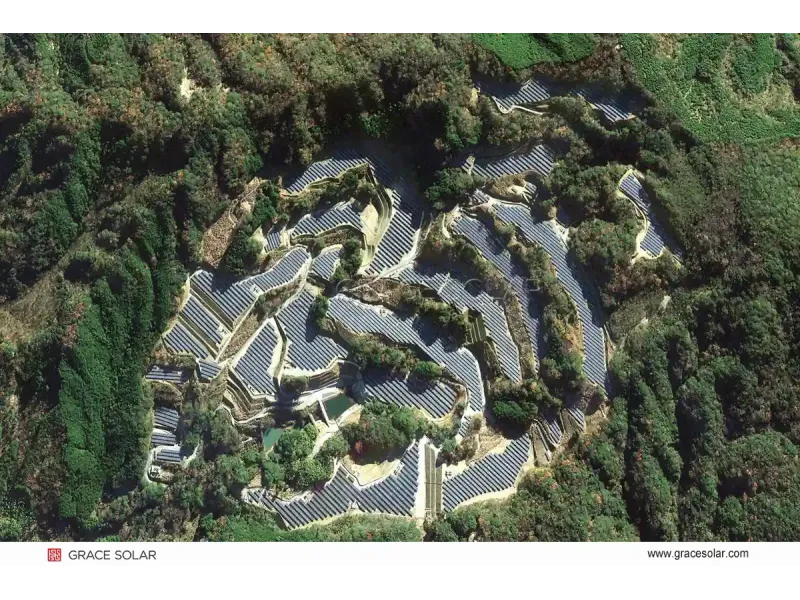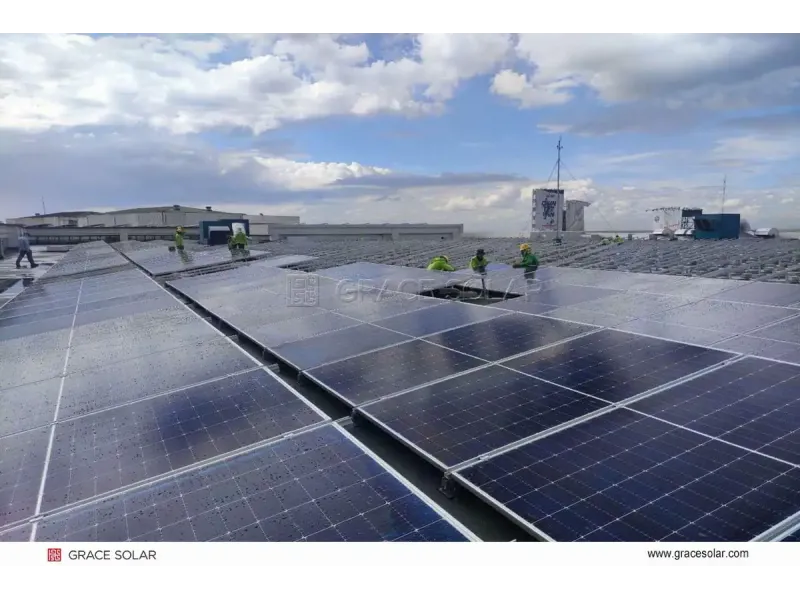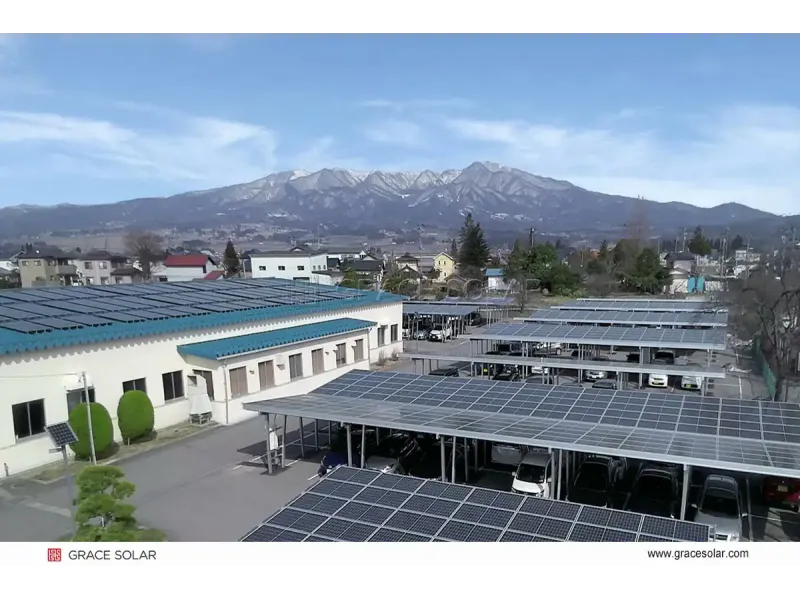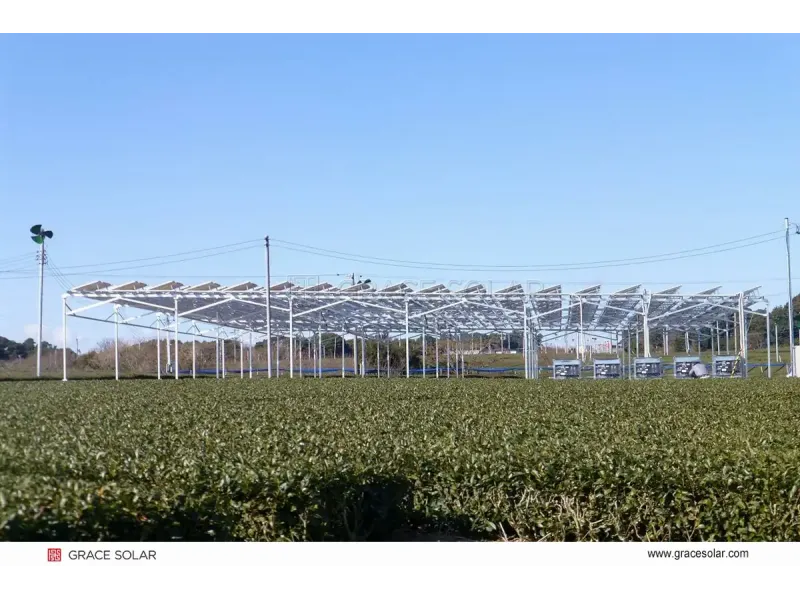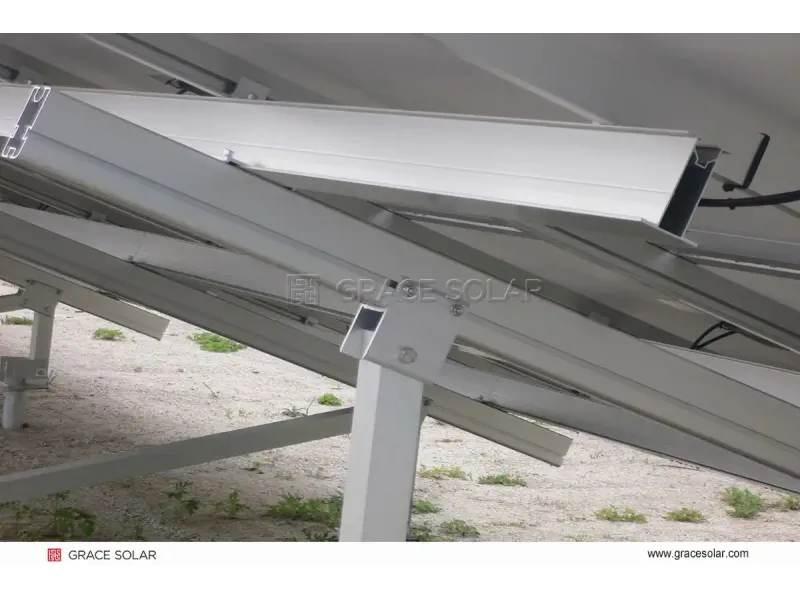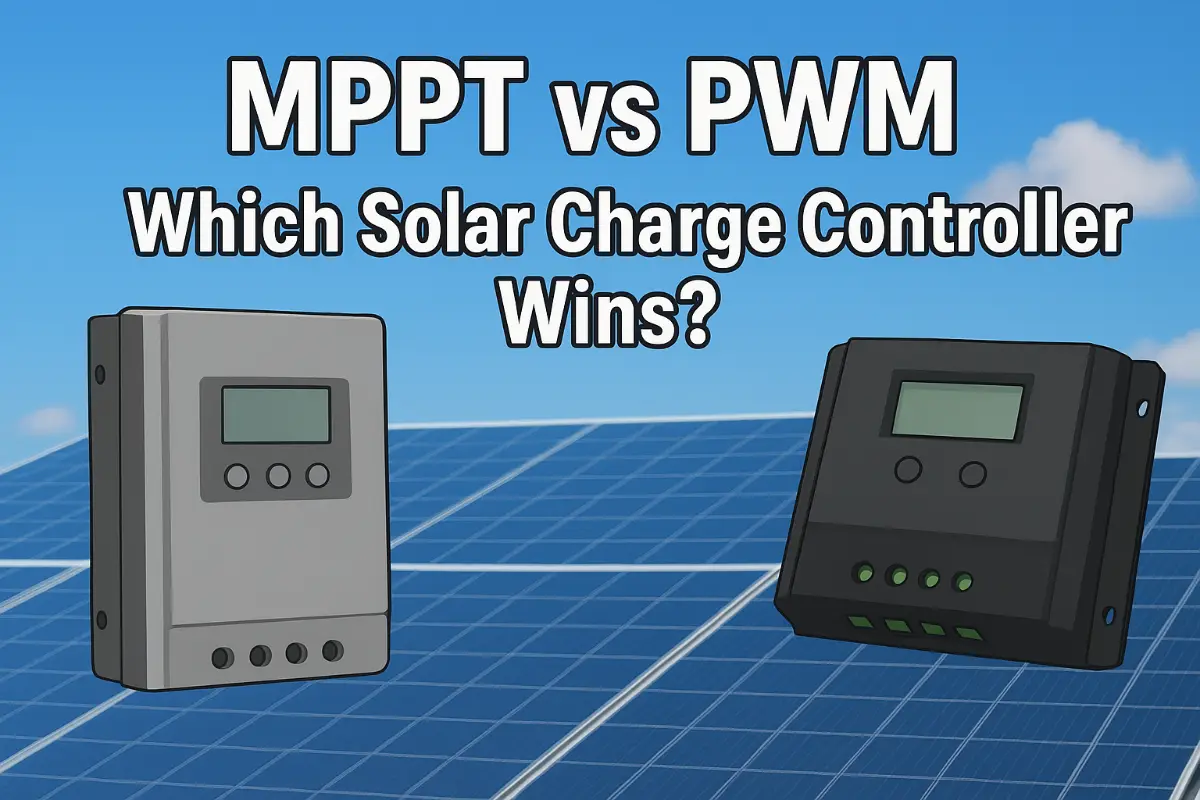
MPPT vs PWM Solar Charge Controllers: Which Is Truly Better?
As a global leader in solar solutions with over 48GW of cumulative installed capacity worldwide, Grace Solar brings you this comprehensive comparison to help you make the right choice for your solar energy system. With more than a decade of experience and presence in over 100 countries, our expertise in solar technology ensures you get accurate, industry-proven insights.
Understanding the Fundamental Difference
First, let's clarify a common misconception: MPPT isn't a type of charge controller - it's a technology used within charge controllers. The real comparison is between MPPT (Maximum Power Point Tracking) controllers and PWM (Pulse Width Modulation) controllers. Both serve the essential function of regulating power flow from solar panels to batteries, but they achieve this through fundamentally different approaches that significantly impact system performance and efficiency.
The Evolution of Solar Charge Controller Technology
Solar charge controller technology has evolved significantly over the past decades. PWM technology emerged as the first widely adopted solution for solar power systems, offering basic battery protection and charging regulation. MPPT technology represents the next evolutionary step, incorporating advanced electronics and intelligent algorithms to maximize energy harvest. At Grace Solar, we've witnessed this technological progression firsthand, integrating both technologies into our global solar projects across diverse climates and applications.
How PWM Charge Controllers Work
PWM controllers act as simple switches between your solar panels and batteries. They rapidly connect and disconnect the circuit, effectively "pulsing" the energy flow to maintain optimal battery voltage. While cost-effective and reliable for small systems, they operate at battery voltage, wasting excess voltage produced by solar panels. This technology essentially pulls the solar panel voltage down to match the battery voltage, which means any additional voltage potential from the panels is lost rather than converted into usable charging current.
The MPPT Technology Advantage
MPPT controllers are the advanced solution that continuously tracks and adjusts to extract maximum power from your solar panels. Unlike PWM controllers, MPPT technology converts excess voltage into additional charging current, delivering up to 30% more efficiency in optimal conditions. These sophisticated devices constantly monitor the solar array's voltage and current, adjusting the electrical operating point to ensure the system always operates at the maximum power point regardless of environmental conditions, temperature variations, or partial shading.
Key Performance Comparison
- Efficiency: MPPT: 90-98% vs PWM: 70-85%
- Cold Weather Performance: MPPT excels with 20-25% better harvesting
- System Size Flexibility: MPPT handles larger, more complex systems
- Voltage Matching: MPPT allows panel and battery voltage mismatch
- Temperature Compensation: MPPT automatically adjusts for temperature variations
- Partial Shading Handling: MPPT minimizes power loss in shaded conditions
When to Choose PWM Controllers
PWM controllers remain the better choice for specific applications where their limitations aren't critical factors:
- Small systems under 170W
- Warm climate applications with consistent temperatures
- Budget-conscious projects with tight financial constraints
- Systems where solar panel voltage matches battery voltage
- Applications with minimal shading and consistent sunlight
- Backup systems where maximum efficiency isn't critical
When MPPT Delivers Superior Value
MPPT controllers are clearly better for demanding applications where performance and efficiency matter most:
- Systems larger than 170W
- Cold or variable climate conditions
- Applications requiring maximum energy harvest
- Systems using grid-tie solar panels
- Professional installations where ROI matters
- Locations with frequent cloud cover or partial shading
- Systems with long wire runs between panels and batteries
Real-World Efficiency Gains
Consider this practical example: A solar panel producing 18V at 5.5A generates 99W. A PWM controller drops voltage to battery level (12V), delivering only 66W. An MPPT controller converts excess voltage to additional current, delivering close to the full 99W to your batteries. This efficiency advantage becomes even more pronounced in colder conditions where solar panel voltage increases significantly. In our experience at Grace Solar, MPPT controllers typically deliver 15-30% more energy harvest compared to PWM equivalents in real-world conditions.
Cost-Benefit Analysis and ROI Considerations
While MPPT controllers have higher upfront costs ($100-$700+ vs $20-$60 for PWM), their superior efficiency often justifies the investment through reduced solar panel requirements and faster payback periods, especially in commercial-scale projects. The return on investment calculation should consider not just the controller cost, but the overall system cost and performance. In many cases, the additional energy harvested by an MPPT controller can pay for the price difference within 1-3 years, after which you benefit from free additional energy for the remainder of the system's lifespan.
Integration with Solar Tracking Systems
The choice between MPPT and PWM becomes particularly important when integrating with advanced solar tracking systems. Our single-axis trackers and dual-axis solar trackers already increase energy production by 15-45% by following the sun's path. When combined with MPPT charge controllers, the synergistic effect can yield total efficiency gains of 30-60% compared to fixed-tilt systems with PWM controllers. This powerful combination represents the current gold standard in solar energy harvesting technology.
Grace Solar's Professional Perspective
With Grace Solar's extensive experience across 100+ countries and 48GW of global installations, we've found that MPPT technology consistently delivers better long-term value for most commercial and residential applications above 2kW. Our rigorous testing in our 2000m² experiment center confirms that MPPT controllers maintain their efficiency advantage across diverse environmental conditions. Our MPPT photovoltaic systems integrate seamlessly with our advanced tracking solutions to maximize energy production while ensuring system reliability and longevity.
Future Trends in Charge Controller Technology
The solar industry continues to evolve, with charge controller technology advancing rapidly. We're seeing the emergence of hybrid controllers that combine features of both technologies, AI-powered optimization algorithms, and integrated energy management systems. At Grace Solar, we're at the forefront of these developments, integrating new technologies such as AI artificial intelligence, Internet of Things, and advanced energy management into our solar solutions. The future points toward increasingly intelligent, adaptive controllers that can optimize performance in real-time based on weather forecasts, energy consumption patterns, and grid conditions.
Making the Right Choice for Your Project
The decision between MPPT and PWM depends on your specific requirements, budget, and performance expectations. Consider these key factors when making your choice:
Choose PWM if: You have a small system (<170W), operate in warm climates, have matching panel/battery voltages, prioritize lowest initial cost, and don't require maximum possible efficiency.
Choose MPPT if: You need maximum efficiency, have a larger system (>170W), face cold or variable weather, use higher-voltage panels, want better long-term ROI, have partial shading issues, or plan to expand your system in the future.
Conclusion: Is MPPT Better?
For most modern solar applications, MPPT technology is indeed superior to PWM in terms of efficiency, flexibility, and energy harvesting capability. The ability to extract more power from the same solar panels, adapt to changing conditions, and work with higher-voltage panels makes MPPT the preferred choice for professional installations. However, PWM controllers remain a viable, cost-effective solution for small-scale applications where their limitations aren't critical and budget constraints are primary considerations.
At Grace Solar, we recommend evaluating your specific needs, climate conditions, budget, and future expansion plans to make the optimal choice. Our team of highly sophisticated engineers with international experience can provide personalized recommendations based on your unique situation. For professional guidance on integrating the right charge controller technology with our advanced single-axis or dual-axis solar tracking systems, contact our expert team today. Remember, the right charge controller choice can significantly impact your system's performance, reliability, and return on investment.

